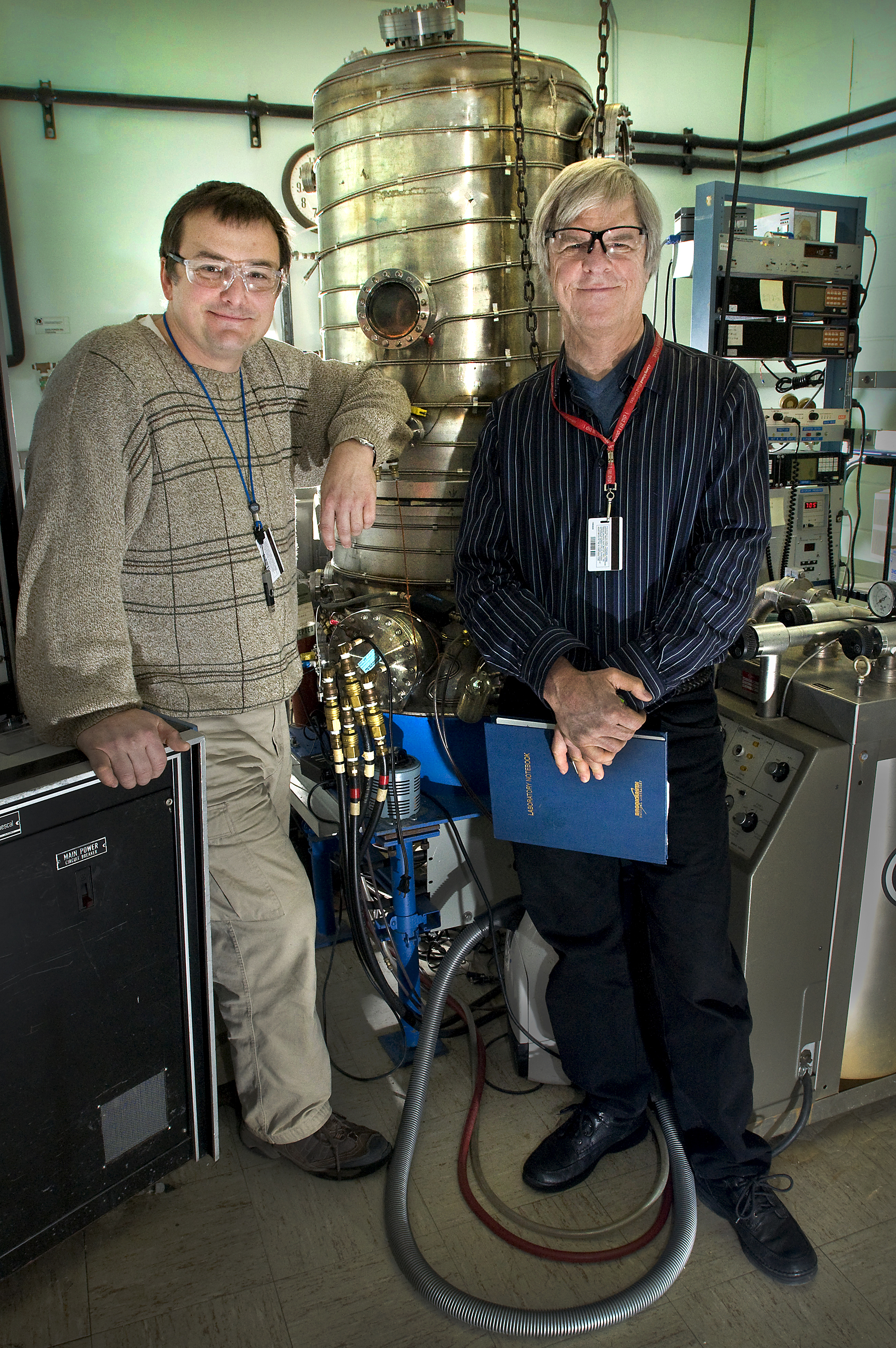Two scientists from the National Laboratory of the US Department of Energy have developed a method to control the amounts of hydrogen fluoride gas during the preparation of ordered crystals required in applications of superconductors, optical devices and microelectronic components

Materials with a highly ordered crystalline atomic structure have a very high potential to be used in energy-saving devices such as superconductors, which are materials capable of transmitting electric current without energy loss, and electronic components that transmit current at high speed. Usually, these crystals are prepared from starting materials (precursors) adsorbed on surfaces - for example: strips, wires or chips, such as those used in the production of computer chips.
Adding fluorine to the precursors increases the "induction" of order from the substrate to the material "growing" on it. However, the use of fluorine is also a problem due to the accumulation of hydrogen fluoride gas (HF). The presence of this gas slows down the rate of the reaction that converts the precursor to the desired and final substance, sometimes to the point of preventing it completely.
"We could have thought that we simply had to remove the accumulated gas, but such methods proved impractical," says the lead researcher. The first reason for the difficulties is that you need to remove the gas uniformly to avoid changes in the internal pressure of the reaction that could affect crystal growth. In addition, other gases required for the growth of the crystals, such as oxygen and water vapor, are also removed along with the hydrogen fluoride and the subsequent return of these gases to the reaction creates additional pressure problems.
"We have developed an improved method for removing hydrogen fluoride based on its absorption, a method that increases the production of high-level crystalline materials," explains the researcher.
The new method includes a solid material that is able to absorb the hydrogen fluoride gas and is inserted into the reaction vessel. The solid material can bind to the inner surface of the reaction vessel or be free in it, as long as it fits in shape to the precursor and is at a fixed distance from it. In this way, uniform removal of the gas over a large area is possible, while obtaining uniform and homogeneous crystalline final products, regardless of the shape of the precursor or the area it occupies within the reaction vessels.
A variety of materials can be used as hydrogen fluoride adsorbents, from alkali-ash oxides to materials containing calcium, sodium or even activated carbon. The adsorbent can be sprayed, painted or adsorbed on various substrates such as quartz or various oxides, which make up the walls of the reaction vessels. They can even be compressed into a powder form and inserted in accordance with the starting materials of the reaction.
"Since these materials selectively absorb only the hydrogen fluoride gas, water vapor, oxygen and other gases required for the reaction are not damaged and their normal activity is not damaged," explains the chief researcher.
The researchers demonstrated the effectiveness of their approach through the preparation of a common superconductor of the type "yttrium-barium-copper-oxide" (yttrium-barium-copper-oxide, YBCO). In these experiments, the crystals "grew" at a faster rate in the presence of a hydrogen fluoride adsorbent of the barium oxide type, compared to normal crystal preparation methods.
The method also preserves the uniformity of the crystal growth environment so that the superconducting properties do not change along the layer. This unique reaction serves only as one example, and the patent applied for this invention also refers to many possible variations and similar materials.

2 תגובות
Moshe:
Because they haven't developed anything like that.
"Very high potential to be used in energy-saving devices"... Why are we constantly trying to "save energy" when John Bedini, Edwin Gray (and others) already developed devices that produce energy using zero point energy decades ago? ("vacuum energy")
John Bedini (Energy from the Vacuum)
Edwin Gray
Nikola Tesla (Magnifying Transmitter)
TH Moray
Stanley meyer
and many more ...